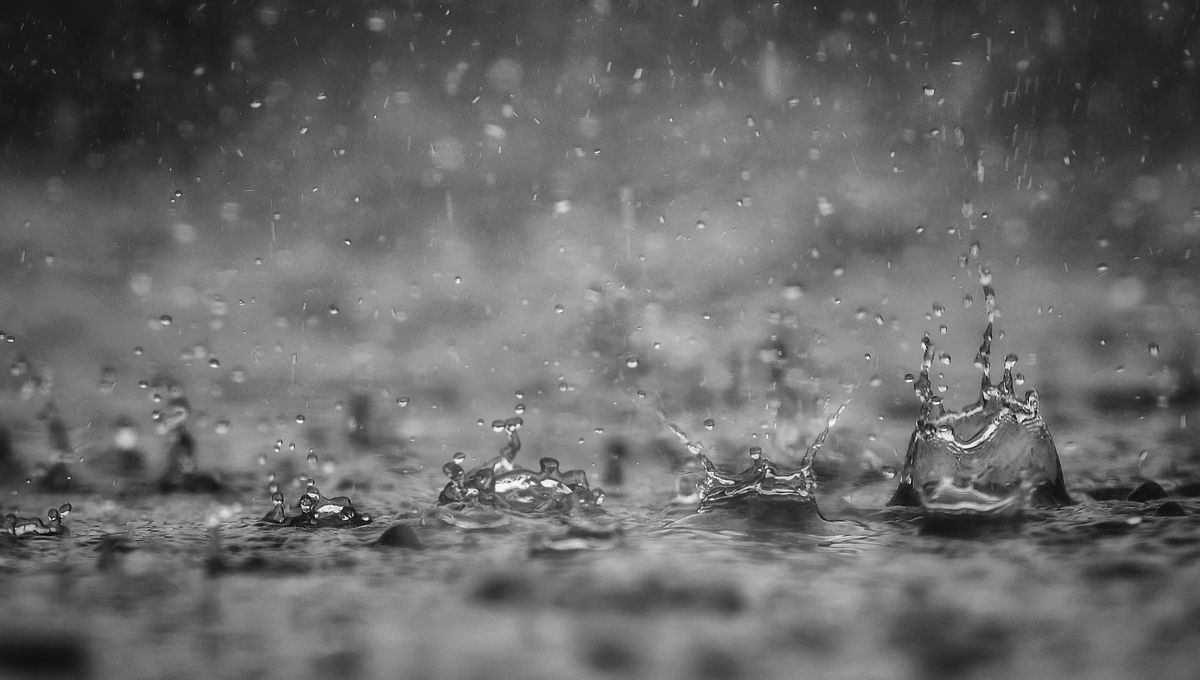
You know those days where it feels like it just hasn’t stopped raining? Yeah, that’s got nothing on the Carnian pluvial event, otherwise known as the 1 to 2 million-year stretch of Earth’s history where a solid chance of rain was the rule, not the exception.
What happened during the Carnian pluval event?
It all started around 232 million years ago when, like the downpour that follows a long, hot summer, unusually heavy and persistent rain brought an end to one of Earth’s dry spells.
At the time, the planet’s continents were smooshed into the supercontinent Pangaea, which was already prone to monsoons. The sea temperature was akin to “hot soup”, paleoenvironment researcher Paul Wignall told New Scientist, meaning there was already a lot of moisture kicking about in the air to make a monsoon.
So, what triggered things to get even wetter? Unlike the usual end to a hot summer, some have suggested it was down to a series of huge volcanic eruptions that took place on the Wrangellia Terrane, which nowadays sits along the coast of Alaska and British Columbia.
Volcanic eruptions are known to mess with the level of water vapor in the stratosphere – it happened after the recent Hunga Tonga-Hunga Ha’apai eruption – and according to geoscientist Jacopo Dal Corso, Wrangellia eruptions were peaking during the Carnian.
“I was studying the geochemical signature of the eruptions a few years ago and identified some massive effects on the atmosphere worldwide,” Dal Corso told Everything Dinosaur. “The eruptions were so huge, they pumped vast amounts of greenhouse gases like carbon dioxide and there were spikes of global warming.”
One of the consequences of all this rain is thought to have been a period of increased extinction for the life on Earth at the time, particularly for marine creatures like ammonoids, conodonts, and crinoids – but it might have also set the stage for new life, particularly when it came to dinosaurs.
In a study published in the Journal of the Geological Society, one team of researchers wrote that “In the wake of wide extinctions of plants and key herbivores on land, the dinosaurs were seemingly the main beneficiaries in the time of recovery, expanding rapidly in diversity, ecological impact (relative abundance) and regional distribution, from South America initially, to all continents.”
How do we know it happened?
The first evidence of the Carnian pluvial event came courtesy of geologists in the 1980s, most prominently the UK duo of Alastair Ruffell and Michael Simms. Ruffell had identified a stripe of grey running through the red stone of Somerset’s Lipe Hill, a feature that indicated the region had gone from a period of intense dryness to seriously wet.
However, when Ruffell, alongside Simms, published a study saying as much – there was also evidence from Germany, the US, and the Himalayas – it wasn’t taken very seriously.
“I remember one or two quite senior academics thought it was a preposterous idea,” Simms told Nature.
While Ruffell and Simms moved on to other things, over the years, the evidence to support their theory slowly began to stack up.
Now, this area of research is so popular that there’s even been a conference dedicated to it.
Source Link: When Earth Endured Two Million Years Of Rain: The Carnian Pluvial Event